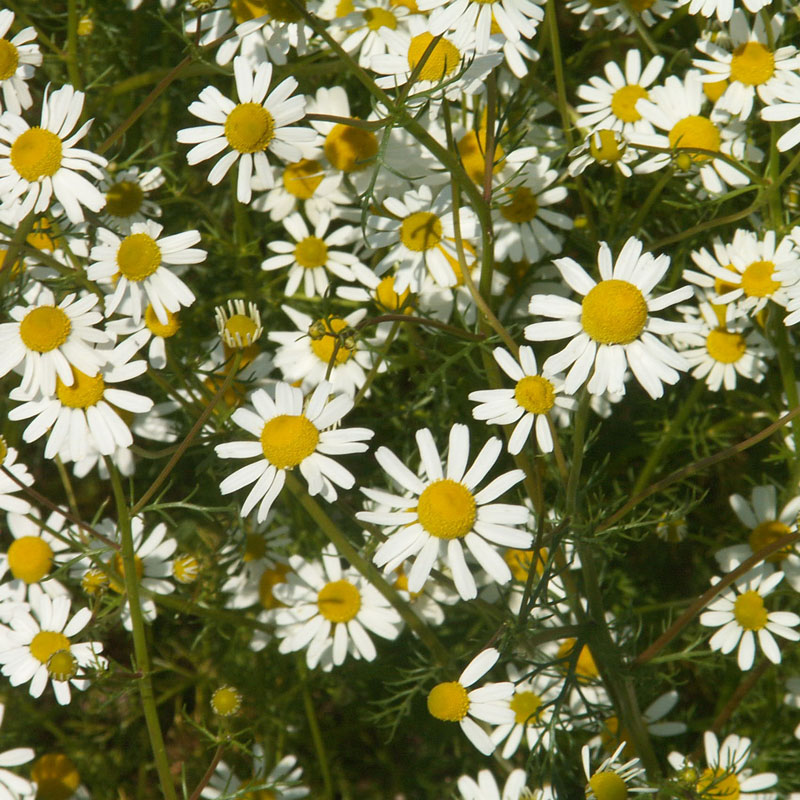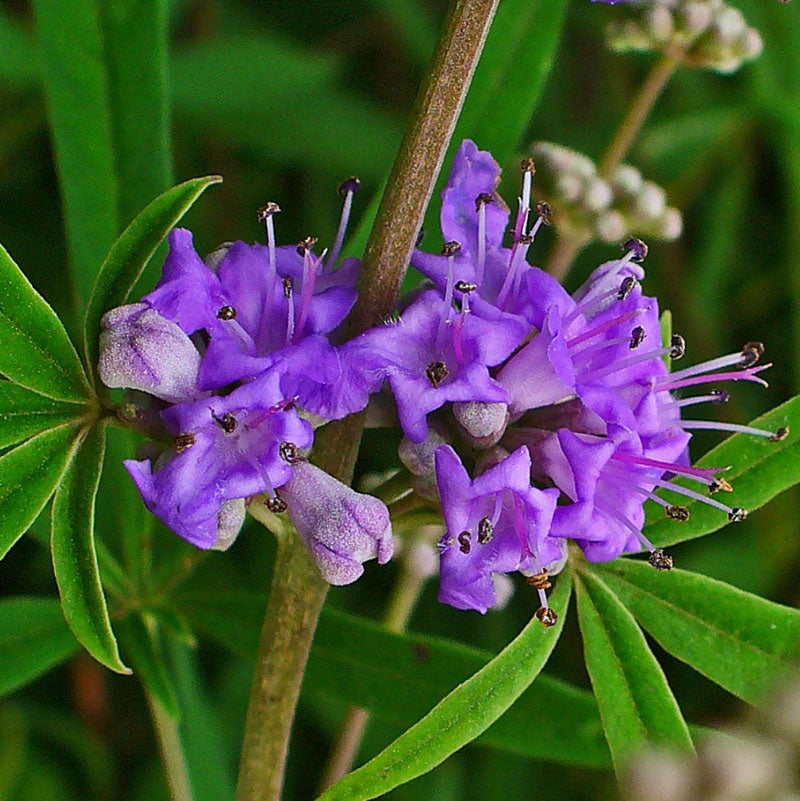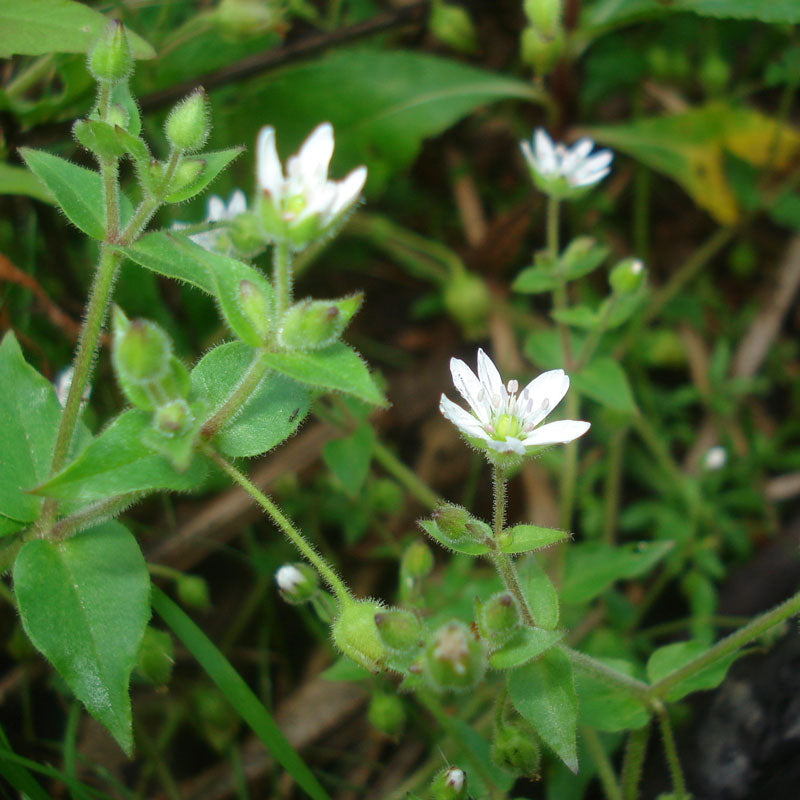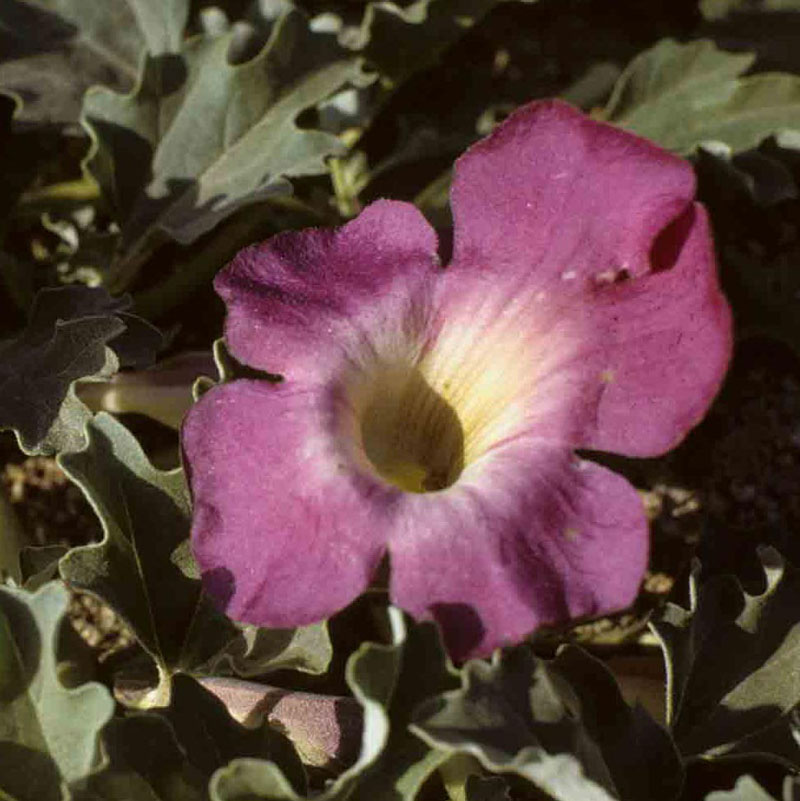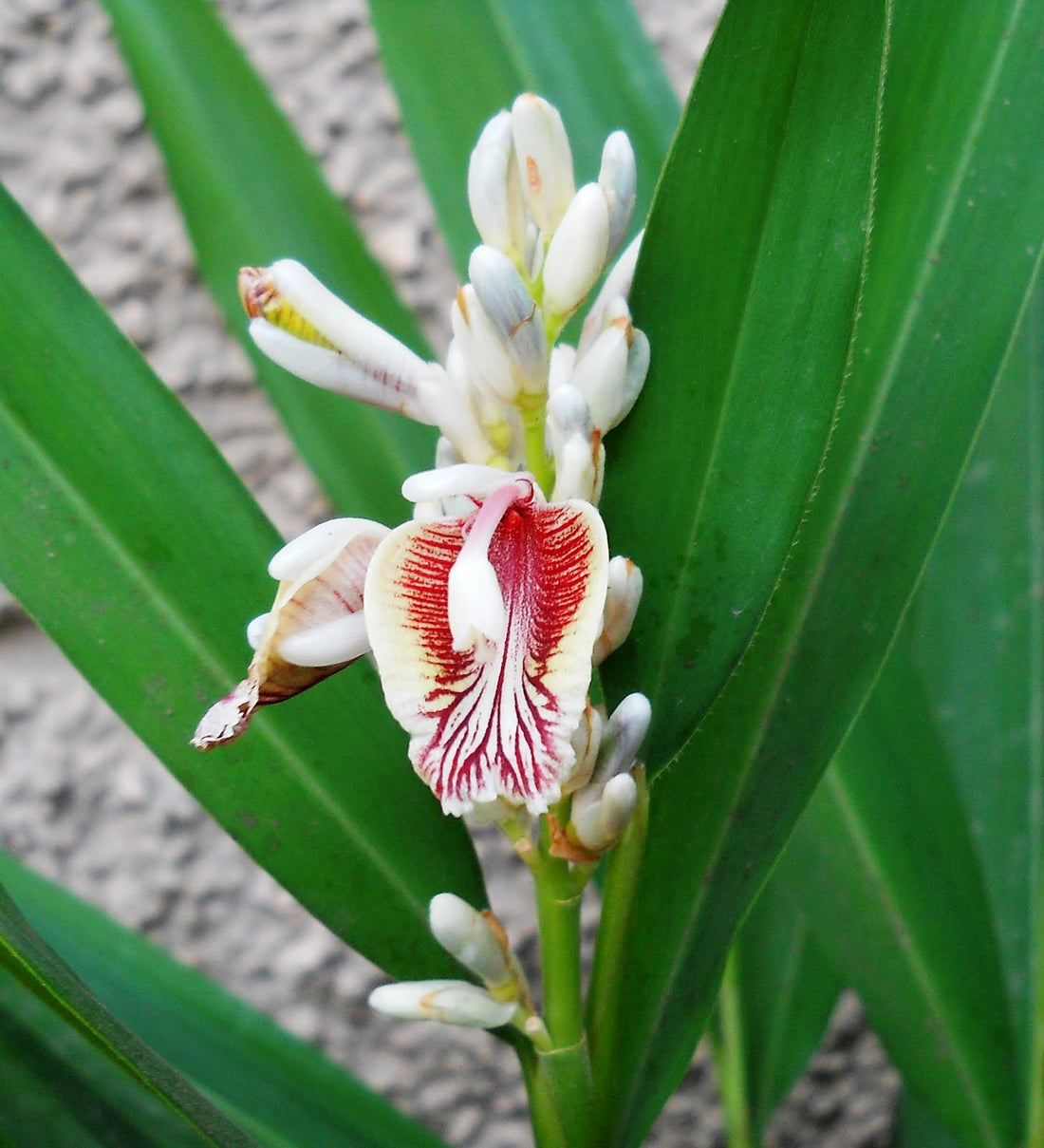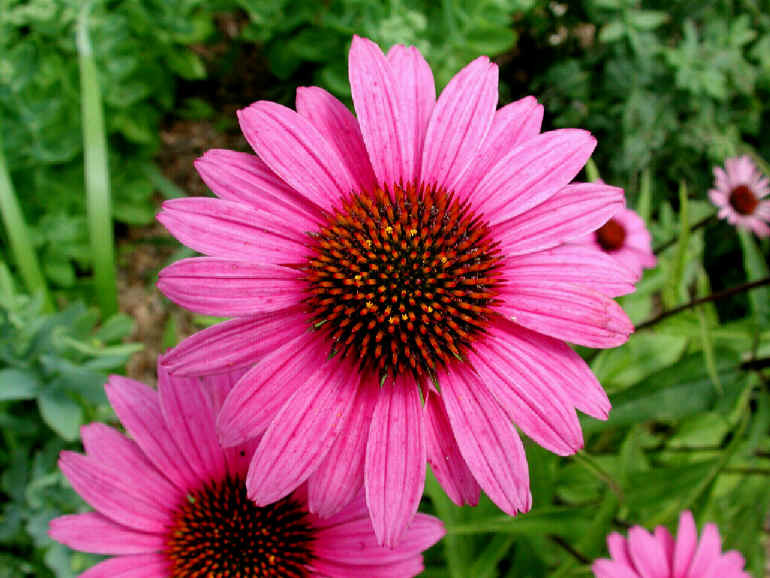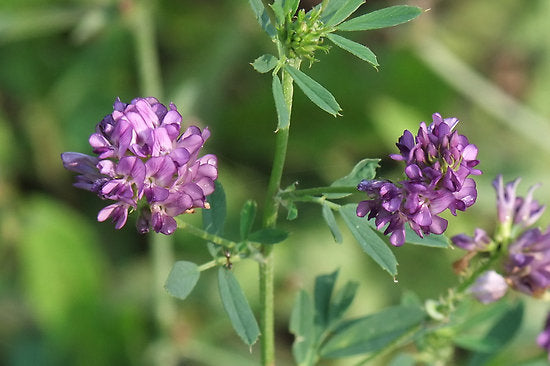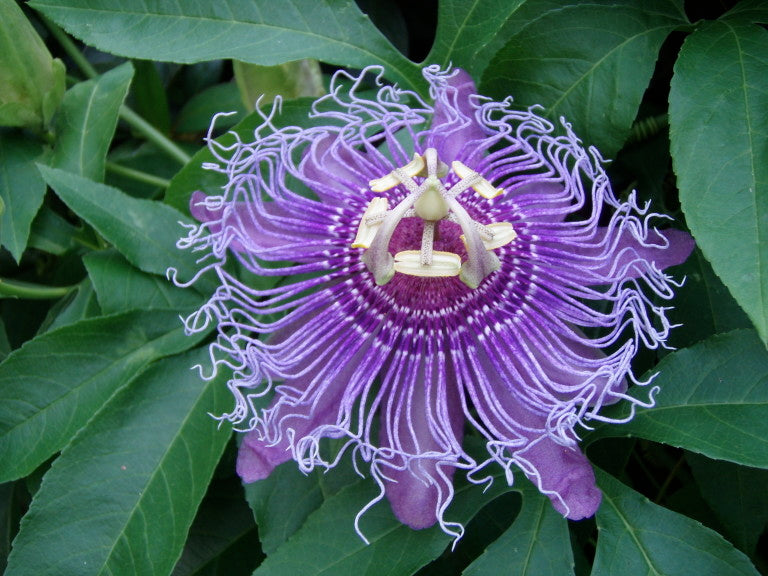JUNE HERB OF THE MONTH
Dandelion (Taraxacum officinale)
Part Used: Leaf & Root
Effective Forms: Tea, Tincture, Capsules
Spring brings warmer weather (hopefully) and rain, the intoxicating, wonderful smell of emerging plant growth, and of course those pesky weeds that invade our flowerbeds, gardens and lawns.
 One of those pesky weeds happens to be my Herb of the Month - Dandelion. Dandelion, despite its peskiness, has a long history of use and is considered a great survival food because of its protein, vitamin and mineral content. Dandelion Leaf is a potent diuretic and contains high levels of potassium salts, particularly important in a strong diuretic, because large amounts are lost in the urine. It was first described in Chinese medicine c.AD659 and in European medicine in 1485. Promoted by Arab physicians in the 11th century, it became an "official" drug by the 16th century.
One of those pesky weeds happens to be my Herb of the Month - Dandelion. Dandelion, despite its peskiness, has a long history of use and is considered a great survival food because of its protein, vitamin and mineral content. Dandelion Leaf is a potent diuretic and contains high levels of potassium salts, particularly important in a strong diuretic, because large amounts are lost in the urine. It was first described in Chinese medicine c.AD659 and in European medicine in 1485. Promoted by Arab physicians in the 11th century, it became an "official" drug by the 16th century.
Dandelion is a great herb for building the blood and is useful for treating anemia because it contains many nutrients. It promotes circulation, strengthens the arteries, restores gastric juices after severe vomiting, reduces cholesterol levels, and is very effective for weight loss.
Dandelion Root has the ability to cleanse obstructions and stimulate the liver to detoxify poisons. It increases the flow of bile, which is beneficial for liver disorders, hepatitis, bile duct inflammation, gallstones, jaundice and the bile duct. It can help with arthritis, as it stimulates uric acid elimination from the body and is useful to heal connective tissue and stop degeneration. It helps nourish and cleanse the blood, liver and spleen. Due to its great ability to correct splenic and pancreatic disorders, it is used as an ingredient of diabetic and anemia prescriptions.
Recent studies are showing Dandelion to have cancer and infection fighting potential.
Take 1/2-1 cup freely. Decoction (root) 1 teaspoon to each cup of boiling water; gently simmer for 15 minutes. Take 1/2-1 cup freely.
Tea (leaf): 3-4 teaspoons per cup of boiling water; infuse 15 minutes.
Tincture: 1-2 teaspoons, twice daily.
Combinations:
Part Used: Leaf & Root
Effective Forms: Tea, Tincture, Capsules
Spring brings warmer weather (hopefully) and rain, the intoxicating, wonderful smell of emerging plant growth, and of course those pesky weeds that invade our flowerbeds, gardens and lawns.
 One of those pesky weeds happens to be my Herb of the Month - Dandelion. Dandelion, despite its peskiness, has a long history of use and is considered a great survival food because of its protein, vitamin and mineral content. Dandelion Leaf is a potent diuretic and contains high levels of potassium salts, particularly important in a strong diuretic, because large amounts are lost in the urine. It was first described in Chinese medicine c.AD659 and in European medicine in 1485. Promoted by Arab physicians in the 11th century, it became an "official" drug by the 16th century.
One of those pesky weeds happens to be my Herb of the Month - Dandelion. Dandelion, despite its peskiness, has a long history of use and is considered a great survival food because of its protein, vitamin and mineral content. Dandelion Leaf is a potent diuretic and contains high levels of potassium salts, particularly important in a strong diuretic, because large amounts are lost in the urine. It was first described in Chinese medicine c.AD659 and in European medicine in 1485. Promoted by Arab physicians in the 11th century, it became an "official" drug by the 16th century.Dandelion is a great herb for building the blood and is useful for treating anemia because it contains many nutrients. It promotes circulation, strengthens the arteries, restores gastric juices after severe vomiting, reduces cholesterol levels, and is very effective for weight loss.
Dandelion Root has the ability to cleanse obstructions and stimulate the liver to detoxify poisons. It increases the flow of bile, which is beneficial for liver disorders, hepatitis, bile duct inflammation, gallstones, jaundice and the bile duct. It can help with arthritis, as it stimulates uric acid elimination from the body and is useful to heal connective tissue and stop degeneration. It helps nourish and cleanse the blood, liver and spleen. Due to its great ability to correct splenic and pancreatic disorders, it is used as an ingredient of diabetic and anemia prescriptions.
Recent studies are showing Dandelion to have cancer and infection fighting potential.
Dosage
Take 1/2-1 cup freely. Decoction (root) 1 teaspoon to each cup of boiling water; gently simmer for 15 minutes. Take 1/2-1 cup freely.
Tea (leaf): 3-4 teaspoons per cup of boiling water; infuse 15 minutes.
Tincture: 1-2 teaspoons, twice daily.
Combinations:
- Combine with Alfalfa and Kelp for nutrient minerals.
- Combine with Yarrow and Linden for high blood pressure.
- Combine with Horsetail and Bearberry to assist with urinary flow and prevent fluid retention.
- Fresh leaves are eaten in salads or cooked like spinach.
- Flower petals are made into wine and roots may be roasted and ground as a caffeine-free substitute for coffee.












